Product marketers are no strangers to juggling multiple priorities. They are responsible for positioning, messaging, launches, enablement, competitive intelligence, content creation, and more, often with limited time and team resources.
The work has always demanded both speed and quality, but the pressure to do more with less has never felt more real.
Enter AI.
Not as a shiny but ineffective new tool. Not as a gimmick. But as a real accelerant for doing high-leverage work, better and faster.
AI isn’t here to replace product marketers. It’s here to make them more strategic. And in this post, we’ll break down the four areas where PMMs today are gaining efficiency and quality with AI without compromising creativity, collaboration, or brand voice.
1. Idea generation (No more blank pages)
One of the hardest parts of product marketing is just getting started. Whether it’s a blog post, a deck, or a launch campaign, the blank page can feel like a wall.
With AI, PMMs now have a brainstorming partner that never runs out of energy. Below are a few key ways to use AI as a thought partner.
Kick off ideation
AI helps take a stream of consciousness and generate ideas from it. Need a blog post? Tell AI a bit about your company and the general topics you're interested in exploring, and ask it for 20 different top-of-funnel blog post ideas.
If you see something that piques your interest, tell AI to generate another three versions of the most exciting topic. This same concept goes for website copy, LinkedIn posts, you name it. AI is often better at generating a varied and unique list of ideas, so leverage it as your brainstorming buddy.
Position by persona or vertical
Instead of banging your head against a wall trying to figure out how to frame your product for healthcare vs. fintech, or marketing vs. sales, AI can help you identify what each of your personas and verticals cares about, then tailor your positioning to each. Start by explaining who each segment is.
The great news is that this does not have to be well written; just get it out. You can ask the AI what it thinks your different segments care about, and how it would position your product. Make sure to engage in back and forth, giving feedback along the way.
By the end of your session, you should have tailored positioning that aligns with the pain points of each industry or buyer type. AI is a great sparring partner, and with feedback, can help a talented PMM get to strong positioning for their products.
Generate messaging angles quickly
With AI, you can create 5–10 different angles for a product launch in just seconds. For example, targeting mid-market buyers vs. technical users can yield vastly different messaging.
Give AI some guidance on who you want to message and ask it to generate different variations based on your different targets. You'll instantly have multiple versions of messaging to work from.
Pro tip - use the positioning work you did to help refine messaging. You can also tell the AI to be punny, or serious, or approachable, and it will help you think through different angles to deliver the same message.
Name your next big thing
From product features to webinars to GTM programs, AI can brainstorm options that feel on-brand. Ask it what is missing from your strategy or offering, and see where it takes you.
Two tactics we've seen success with: feed the AI as much information about your product (your website, one pagers, etc) and your customers, then ask it to generate ideas on where else you can develop; or use a similar method but focused around content and ask it to give you ideas on what else you can produce.
Keep iterating until you generate ideas of what you want to work on next.
Refine early ideas in real time
You can use AI to pressure-test ideas before you ever bring them to your team. Ask it to poke holes in your early messaging or identify weaknesses in a blog post idea. Prompt it to generate pushback or suggest stronger alternatives.
For example, before finalizing a campaign theme, you might ask AI to suggest 3 stronger emotional hooks or to rewrite a tagline from the customer’s point of view.
AI works best when you treat it like a thought partner. It isn't there to replace your job or human intelligence and instincts, but it can replace the spinning wheels of “where do I start?”
2. Research
Competitive intel, market research, product teardowns. These are the building blocks of good PMM strategy. They are also massive time sinks.
AI helps PMMs move from link-chasing to insight gathering by taking on the grunt work and surfacing the signals that matter.
Summarizing sources in seconds
Instead of clicking through 10 tabs and pasting notes into a doc, AI can scan a competitor’s homepage, product page, blog post, and pricing table – and return a clean summary of what they’re saying and how they’re positioning themselves.
For example, when prepping a launch for a new feature, you can use AI to instantly summarize how your top three competitors describe similar functionality.
AI is also a powerful tool for synthesizing information across sources. If you have numerous resources on a topic and just need to find a concise answer on how your product handles a certain use case, AI can do this in seconds.
With Naro, for example, you can simply ask your library of content what it knows on a certain topic, or how your product functions in a specific scenario, and the AI will summarize everything it knows, provide a summarized answer, and give you the sources.
Rapid comparisons without spreadsheets
Need to understand how your product’s pricing stacks up? Or how your GTM messaging compares to others in your space? AI can break down each competitor’s positioning, surface feature matrices, and highlight similarities or gaps, without spending hours in Excel.
For example, when building a battlecard or sales enablement asset, you can have AI summarize feature parity, pricing tiers, or common differentiators across 3 to 5 competitors in minutes.
PMMs can also use AI to compare internal campaign performance across segments or geos.
For example, if you're running the same messaging in different regions, AI can help surface how response rates, conversion metrics, or objections vary, giving you a quick read on what’s working and where to pivot, without needing to dig into spreadsheets yourself.
Tapping into real-time sentiment
Forums, Reddit, and review sites are where buyers talk candidly. AI can comb through threads to surface themes and patterns, like what’s frustrating users about a competitor’s onboarding experience or which features people mention most in a side-by-side evaluation.
Sourcing and summarizing like a junior researcher
Tools like Deep Research and Perplexity enable PMMs to get source-backed summaries of a competitor’s recent GTM moves, market trends, or customer reactions. This sort of research used to take an associate hours, now it takes minutes.
Let’s say you’re researching a new category you’re entering. You can use Deep Research to instantly surface the top content being shared, how analysts are talking about the space, and what themes your competitors are leaning into, all without needing to do a deep dive across 20+ browser tabs.
Enabling fast information consumption
Beyond faster research, AI is also making it easier for PMMs to consume that research. Many tools allow you to upload large sets of documents, everything from analyst reports to internal wikis, and query them conversationally.
Even better, you can have AI summarize complex findings into snackable bullet points. Tools like NotebookLM even generate an audio version to review during your commute.
Whether you’re multitasking or moving quickly between meetings, these tools help PMMs absorb information on the go without sacrificing depth.
Whether you’re prepping for a launch, creating a battlecard, or crafting positioning, AI brings research that’s not just faster, it’s sharper, deeper, and easier to act on.
3. Data synthesis (Pattern recognition at scale)
PMMs are constantly asked to answer questions like:
- What are customers saying?
- How are customers receiving a new product or feature?
- What objections and questions do prospects have?
- What’s blocking deals?
- What are reps struggling to articulate?
- Are there any customer wins?
The answers are usually buried in dozens (or hundreds) of sales calls, Slack messages, Gong snippets, or support tickets.
AI lets you synthesize that data at scale, transforming fragmented signals into clear, actionable themes.
First, you can identify common objections across hundreds of sales calls in a fraction of the time it would take to listen to even a small subset manually. AI can scan transcripts, detect repetition, and categorize objections, like pricing pushback, integration concerns, or competitive confusion, across all deal stages.
You can also spot trending questions by persona or vertical. For example, AI might reveal that marketing leaders consistently ask about ROI dashboards while operations teams are more focused on data accuracy and reporting speed. This kind of segmentation helps tailor both content and positioning.
AI also highlights language patterns that can feed into messaging. By tracking how customers describe their pain points, use cases, and desired outcomes, PMMs can shape messaging that mirrors the customer’s language, not just internal jargon.
And finally, it surfaces recurring feature requests, content gaps, or new use cases in minutes. What once required dozens of calls, surveys, and meetings now happens automatically, helping you move from insight to execution faster than ever.
Naro, for example, connects sales conversations to content strategy by showing what topics are being discussed, and whether there’s content to support them. That kind of insight used to take hours (if it happened at all). Now it’s automatic.
4. Content and asset production
Creating content is still a huge part of the PMM role, and one of the most time-consuming. AI can help accelerate:
Drafting
AI tools like ChatGPT or Naro can help PMMs generate first drafts of nearly any type of content. Need to write a product brief or blog post introducing a new feature? Provide AI with a short summary, and it can generate a structured outline and a strong first draft, one you can refine and align with your messaging.
Even better if you provide a messaging or style guide beforehand, as your first draft will come out closer to your brand voice and tone.
When building a battlecard or sales enablement asset, you can also feed in your competitor intel and have AI generate differentiated messaging or objection-handling snippets. What once took hours of writing and revising now takes a focused review.
Editing & Feedback
Once you’ve got a draft, AI can act like an editorial partner. Tools like Grammarly or Claude can adjust tone, structure, and reading level based on your input.
You can tell it to "make this more customer-focused," "shorten this for a social post," or "tighten up this paragraph for clarity." You can work in ChatGPT's canvas feature, highlight specific segments of content, and give the AI instructions to refine, add more examples, or rewrite.
Once you have a piece you're proud of, you can use AI to edit it down into different asset types. For example, after writing a long-form blog, you can ask AI to generate LinkedIn or Slack-friendly versions in seconds.
Formatting
Formatting takes time, especially if you’re moving between media. With tools like Canva Magic Write, Gamma, or even Claude, you can reformat copy into slides, web layouts, or email-ready templates without starting from scratch.
AI can also help visualize frameworks, like transforming a rough outline into a polished infographic or product diagram. These tools help you get from message to market-ready material with less time spent in Google Slides or Figma.
The key is this: AI doesn’t just help you move faster. It helps you ship smarter. You’re creating based on real insights, not just a content calendar. You still need strong PMM skills to refine your assets into final products, but AI means you never have to start from scratch.
This is the strategic PMM era
AI isn’t making product marketers obsolete. It’s making them essential. And AI won't replace marketers, but marketers that use AI will replace those that don't. They will just be much more effective, both operating faster and maintaining (if not increasing) the quality level of output.
By removing the manual lift from research, synthesis, and first drafts, AI gives PMMs more time to do what matters: Connect with customers, shape positioning, align teams and drive growth. Basically, be the strategic glue between sales, product, and marketing.
We believe enabling the PMM with AI is critical to helping product marketers work smarter here and Naro, which is why we've built the entire platform around doing just that.
From summarizing all your content and proactively surfacing knowledge exactly when you need it, to synthesizing all your calls and breaking them down into the data you need to understand what is actually happening with customers, to identifying content gaps and generating your content for you, Naro acts as a force multiplier for product marketers.





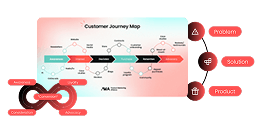



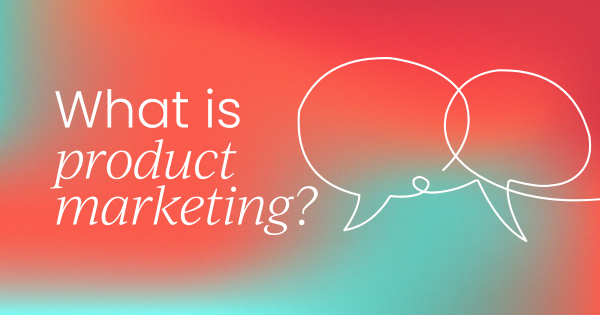
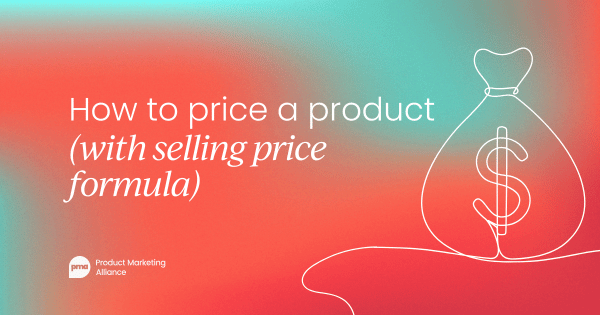
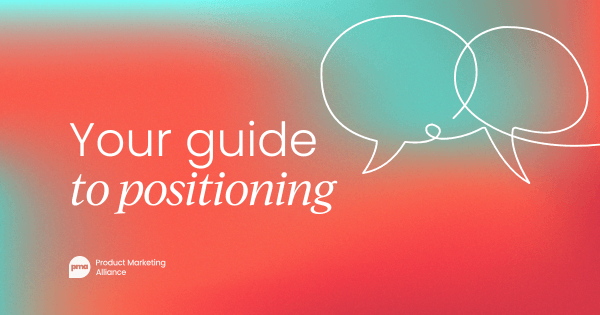

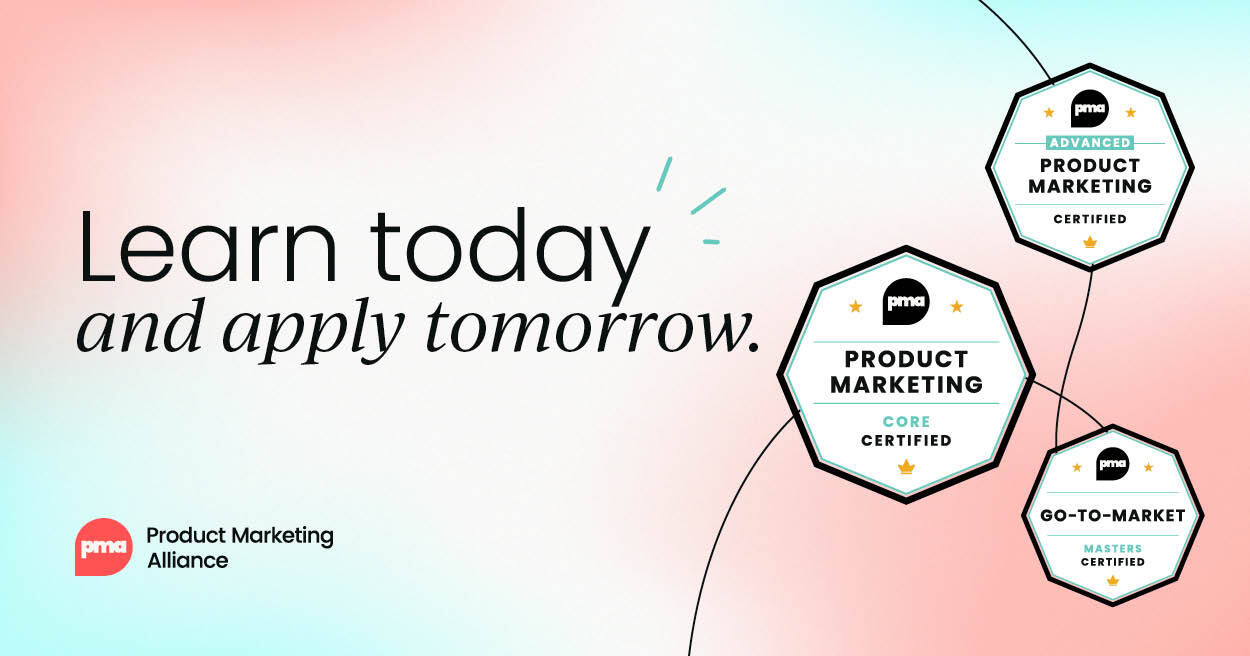
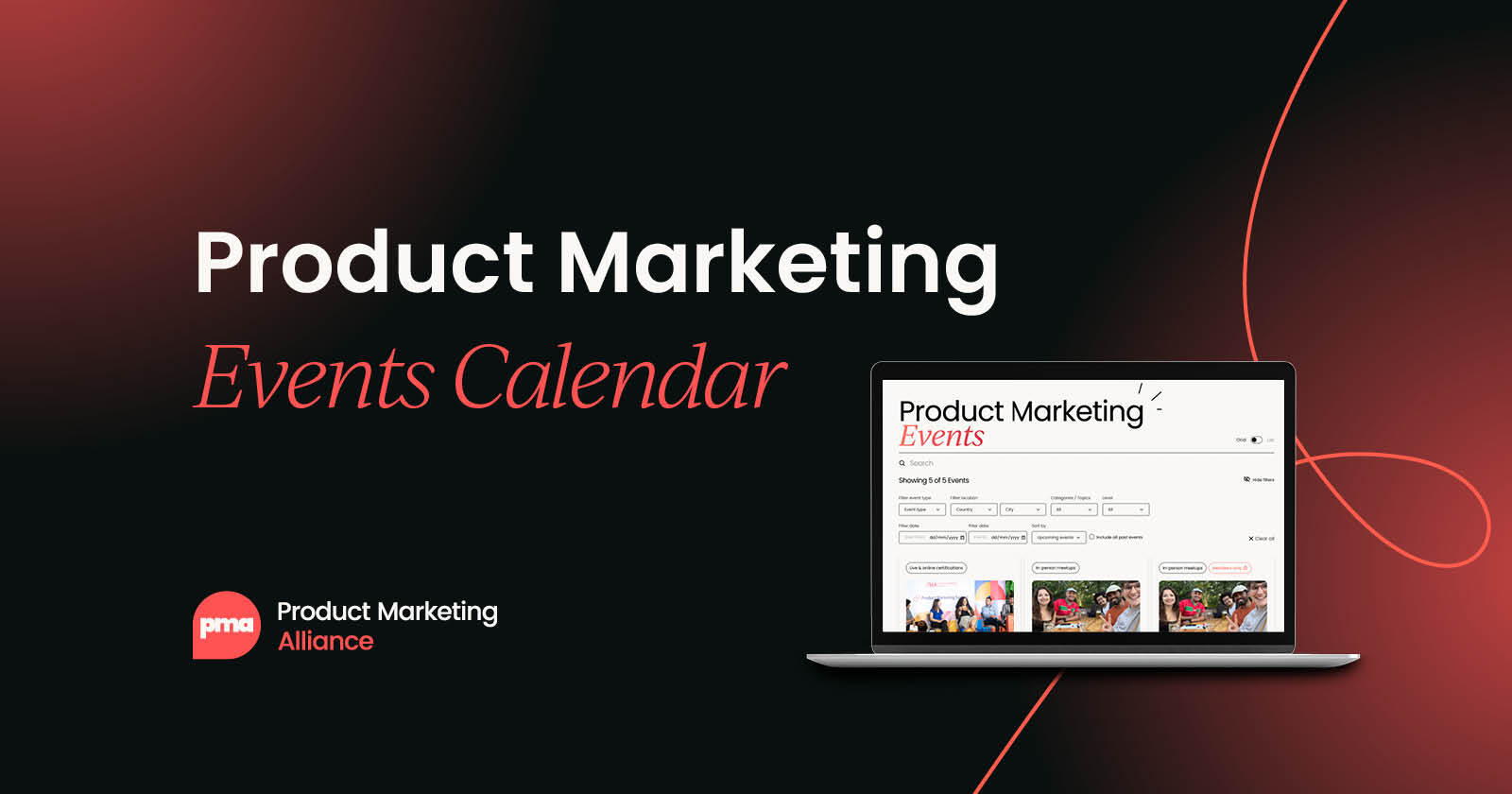
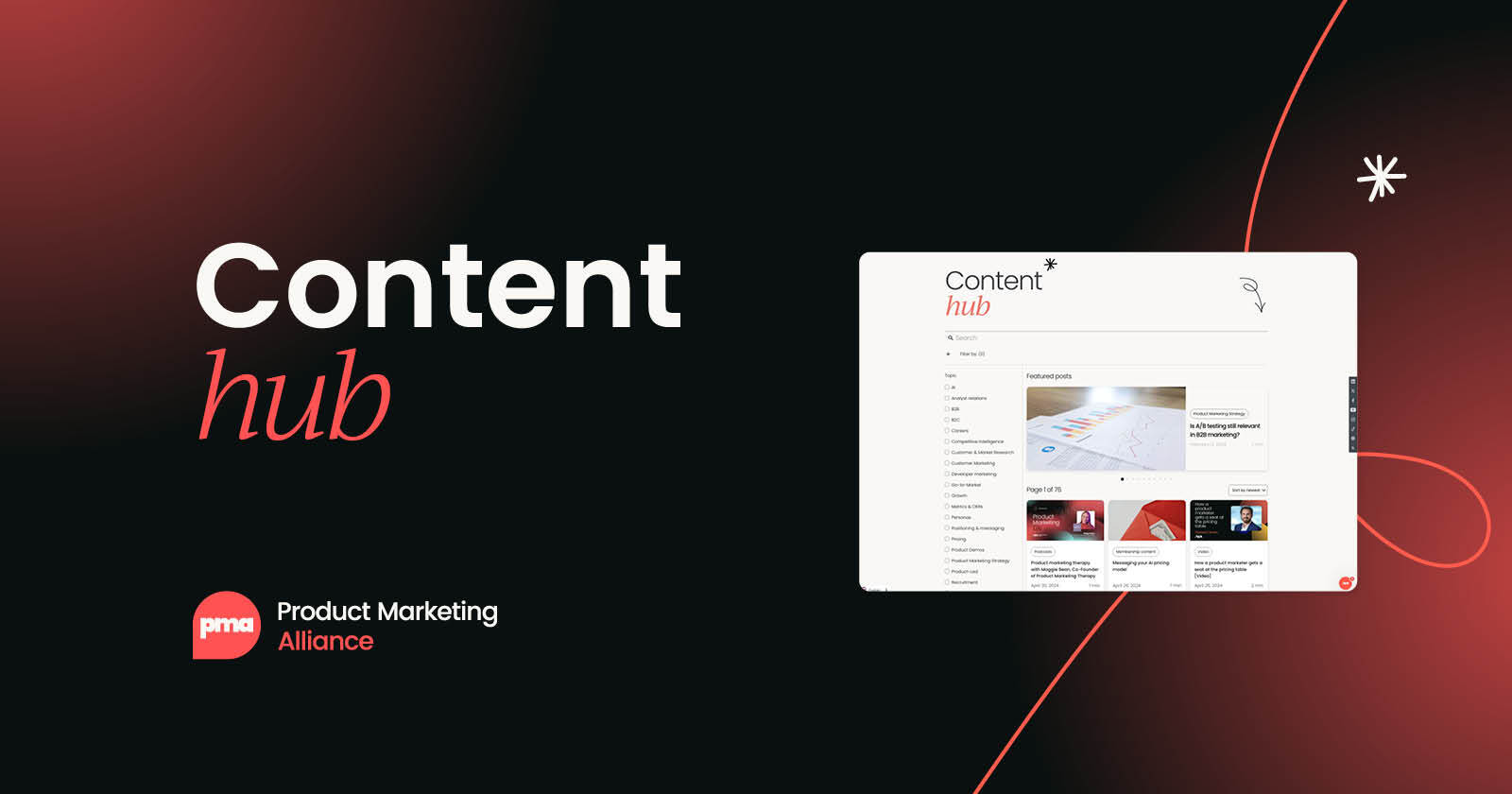

 Follow us on LinkedIn
Follow us on LinkedIn


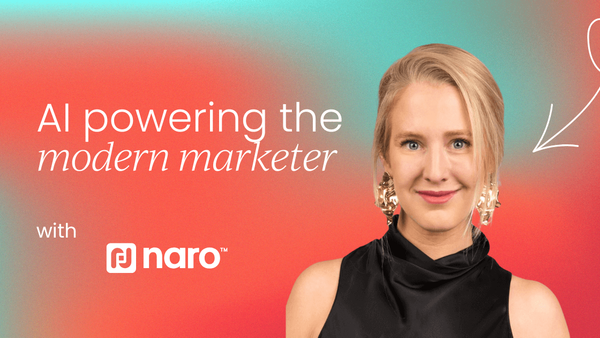


.svg)
Start the conversation
Become a member of Product Marketing Alliance to start commenting.
Sign up now